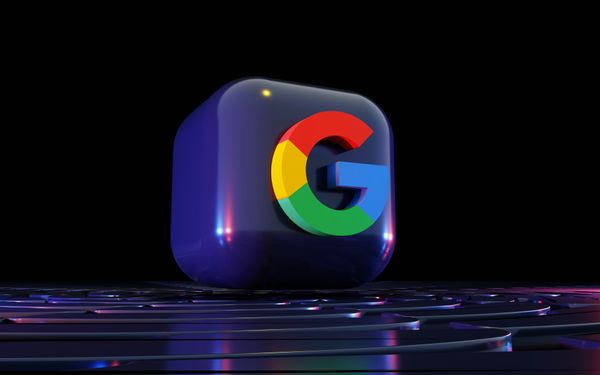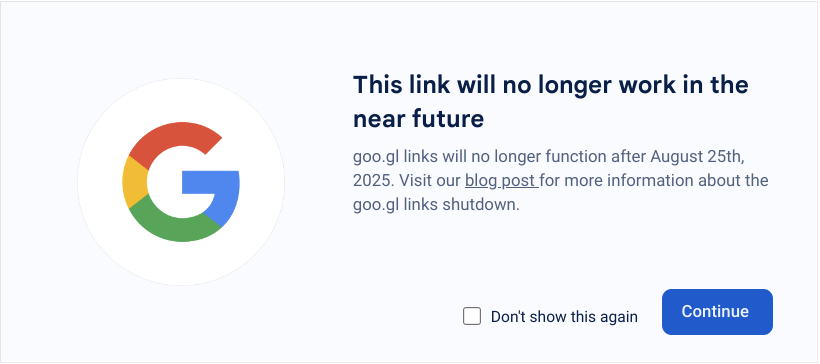5 ways TikTok taps into online shopping—and more revenue—on its platform

Written By: Bekah Wright
The creator economy is here, thanks to social media platforms like TikTok, Facebook, and Instagram. Now, businesses, brands, and influencers are taking to social media with its far-reaching and lucrative impact, while the e-commerce umbrella expands to include social media marketing and social commerce.
Just how lucrative is the creator economy? Social commerce will be a $79.64 billion industry in the U.S. by 2025, according to an Insider Intelligence report. E-commerce sales worldwide will reach $5 trillion by the end of this year and $6 trillion by 2024, according to eMarketer. As for TikTok’s parent company ByteDance, it’s charging toward a goal of $185 billion in e-commerce spending this year.
With TikTok getting a cut of each sale made on its platform, it’s easy to understand why TikTok and other social media platforms are promoting this content- and community-driven entrepreneurship. To make product discovery and in-app shopping accessible to users, the platform now offers a suite of advertising tools.
Wicked Reports researched how TikTok is changing the creator economy landscape and found five ways the platform has connected the world of online shopping with businesses, brands, entrepreneurs, and influencers.

Built-in shopping features
The hashtag #TikTokMadeMeBuyIt has more than 5 billion views. This word-of-mouth tactic highlights some of the hottest items TikTok users have discovered on the social media platform. E-commerce via TikTok is constantly gaining traction, and the platform has responded with various elements, including built-in shopping features. Businesses have access to a full-service suite of commerce solutions, including advertising tools, product upload, point of purchase, shipping, and fulfillment.
Another great feature for brands working with third-party partners is the TikTok Shopping API (see Slide 6 below), a shopping tab for business profiles that connects product catalogs via TikTok and creates mini storefronts. The third-party partners supply backend tools and support. Several partners already work with TikTok, including Shopify (U.S., U.K., and Canada), Square, Ecwid, and PrestaShop. Wix, Shopline, OpenCart, and Base are expected to join soon.
Some of these partnerships have proven to be successful. On Shopify, installs increased by 76% from February 2020 to February 2021 across its commerce channels, according to TechCrunch.
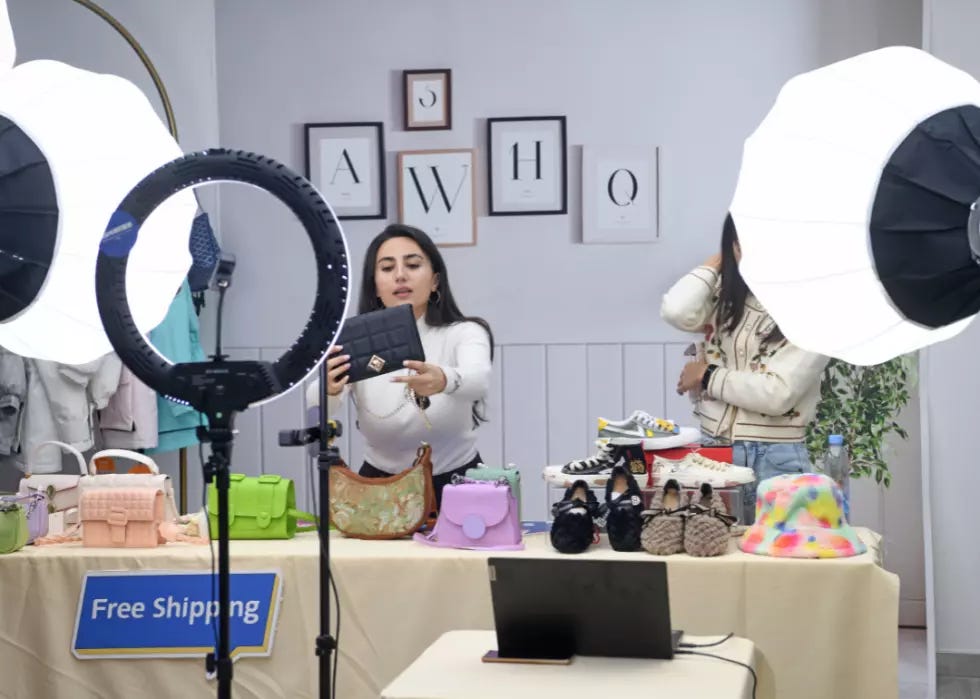
Live shopping events
Seeing organic content about products fires up enthusiasm. TikTok’s LIVE Shopping component is all about bonding, informing, and engaging with customers in real time. Delivering information or answering questions on the spot can be that subtle push that lands a sale. Additionally, brands learn about their customers. Shopping fans should look out for livestream events (think back-to-school deals, Black Friday, etc.), replete with influencers, music, and interactive entertainment, geared toward introducing products and shopping.
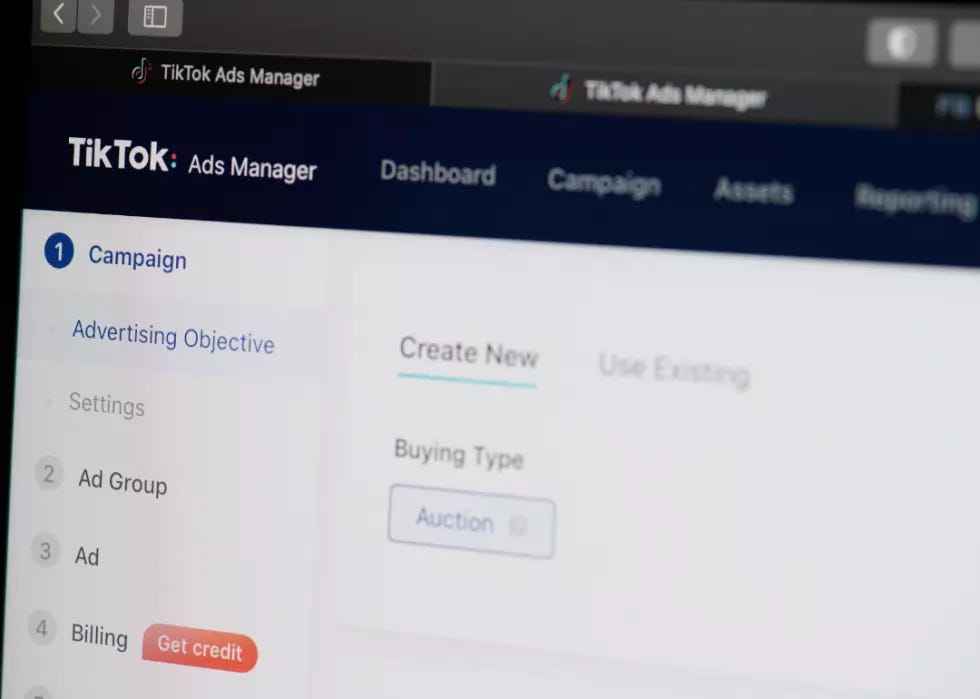
E-commerce ads
There’s more than one way to advertise a product on TikTok: In-Feed, Collection, Brand Takeover, TopView, Branded Hashtag Challenge, and Branded Effects.
In-Feed ads appear between videos in TikTok users’ For You feeds and can be up to 60 seconds long. Multiple call-to-action buttons direct visitors to external landing pages, downloads, or a website page. Guests can also comment and share through In-Feed ads.
Collection Ads are product cards that can be used with In-Feed ads and are ideal for promoting limited-time sales and offers, top sellers, and new launches. Users can tap on items featured on the card and be directed to a gallery page to make a purchase.
Brand Takeover ads are fullscreen, fast (three to five seconds long), high impact messaging that appears via videos immediately upon opening TikTok. They can also appear on the For You page as still images, GIFs, or videos. The fullscreen component makes them easy to use, allowing for moving between internal and external landing pages, including those leading to Hashtag Challenges. Brand Takeover ads are attractive for businesses looking for high reach and exclusivity; users won’t see any other Brand Takeover ads the day they’re featured.
Building on Branded Takeovers, TopView ads can be up to 60 seconds long and are the first in-feed post that appears three seconds in at the top of the For You feed. They’re touted for their immersive viewing experience with no other competing content.
Branded Hashtag Challenges is a three-pronged approach for businesses to interact with potential customers. They initially appear as video ads in In-Feed placements, alerting users to the challenge. On the Discover page, a featured banner alerts users to the landing page where the challenge is taking place. There, user-generated content with the specified hashtag appears. The sense of fun and collaboration that result from Branded Hashtag Challenges lends to their popularity. They also generate massive product-brand awareness.
Branded Effects further up the ante and can be used with Branded Hashtag Challenges. They pull users into ad content through shareable branded stickers, augmented reality, or AR, filters, lenses, and effects for videos. Branded Effects ads can be live for up to 10 days.
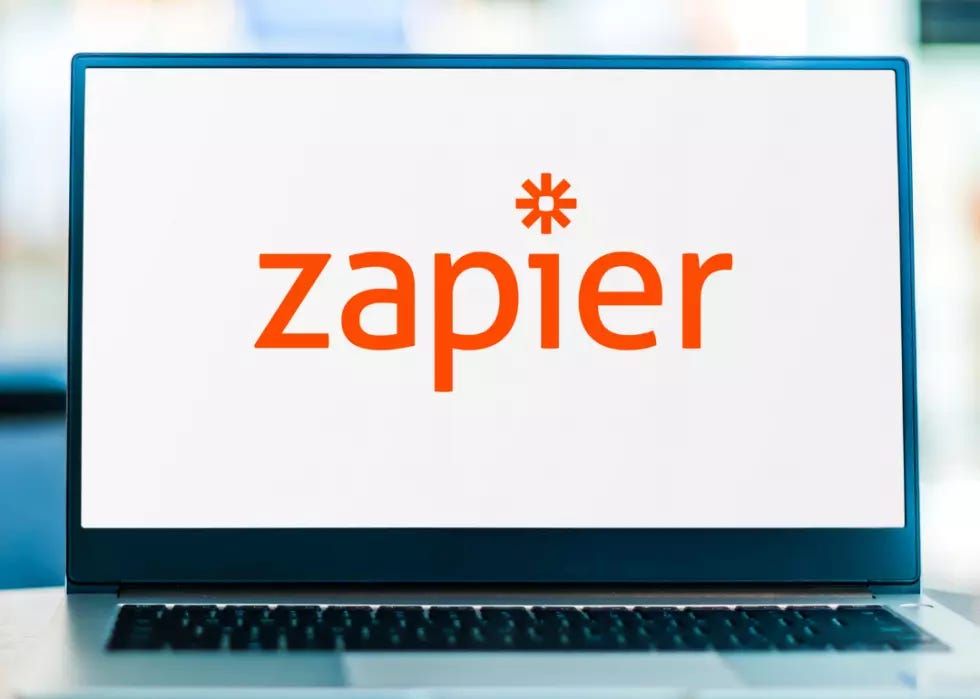
Lead generation tools
TikTok’s lead generation tools focus on growing a customer base and maintaining it through customer relationship management, or CRM. TikTok’s lead generation tools, found in in-feed ads, help businesses connect and stay in touch with clients. Additionally, lead generation tools provide a form for securely sharing contact information in real time with no downloading required. Such elements are particularly beneficial for businesses with long sales cycles, such as autos and real estate.
To ensure seamless and secure interactions between businesses and clients, TikTok has partnered with LeadsBridge and Zapier. LeadsBridge provides more than 380 tools for CRM that connect, automate, and sync leads, plus track offline data. Zapier allows multiple apps to communicate with one another, allowing businesses to transfer leads from TikTok into their CRM and schedule immediate follow-ups.

Influencer-focused API
Back in 2019, TikTok Creative Marketplace offered a way for marketers to uncover talent that could be influencers for their brand. Through TCM, businesses could create and manage brand campaigns and track their performance.
TikTok’s application programming interface, or API, takes this a step further, providing data that allows users to dig into data on everything from audience demographics to real-time campaign reporting, according to TechCrunch. This information makes it easier for outside developers, businesses, brands, and influencer agencies to work directly with talent.
This story originally appeared on Wicked Reports and was produced and distributed in partnership with Stacker Studio. This article has been re-published pursuant to CC BY-NC 4.0 License.




